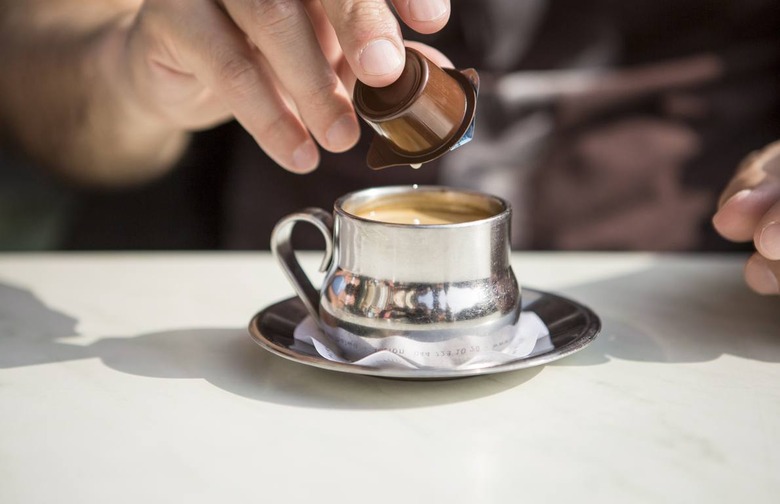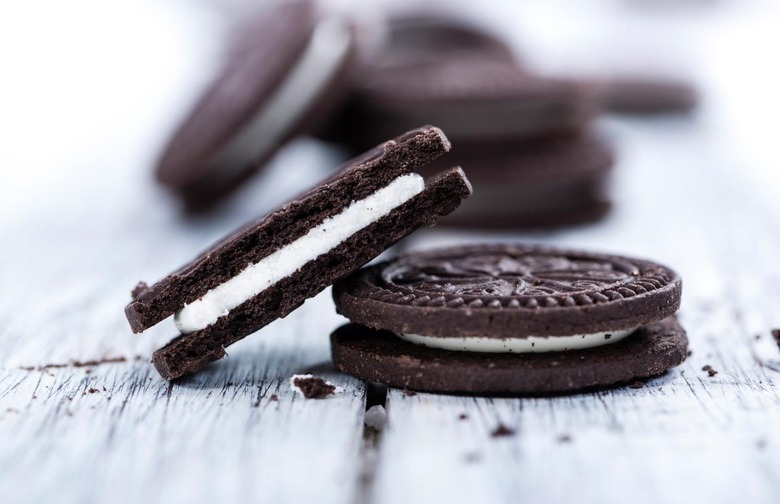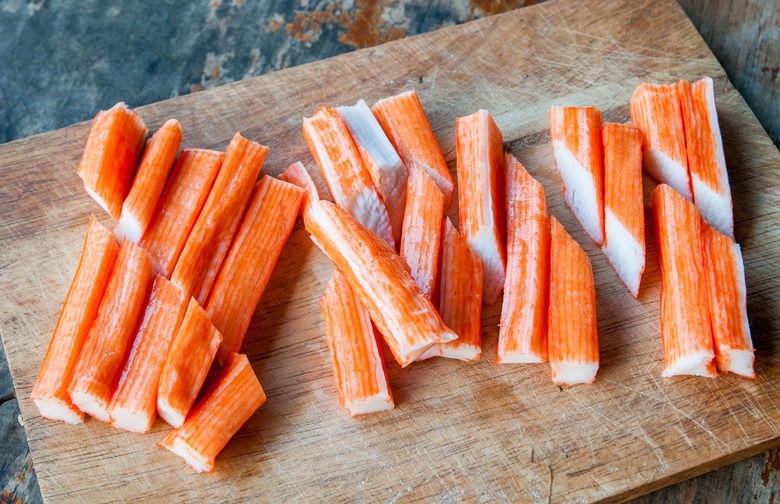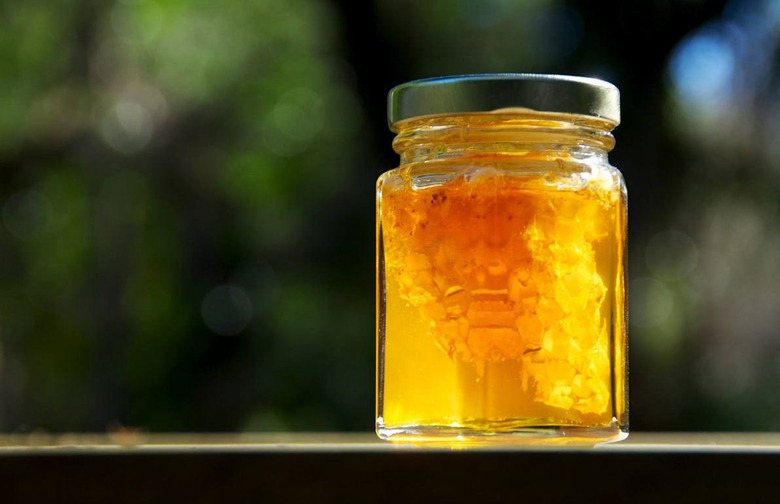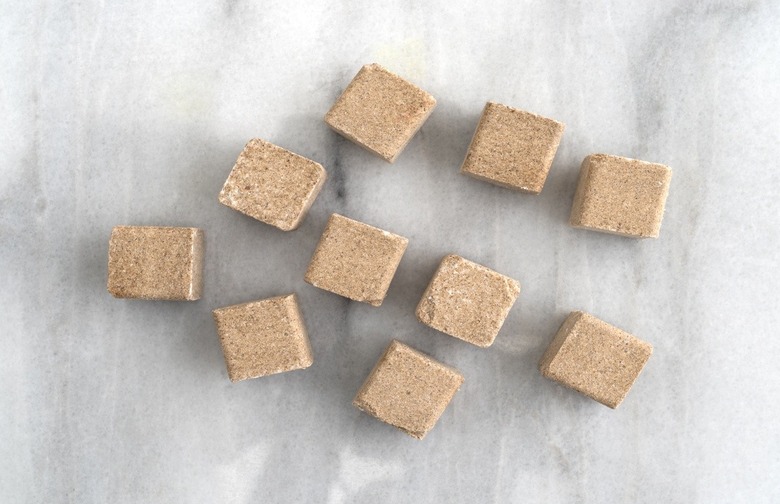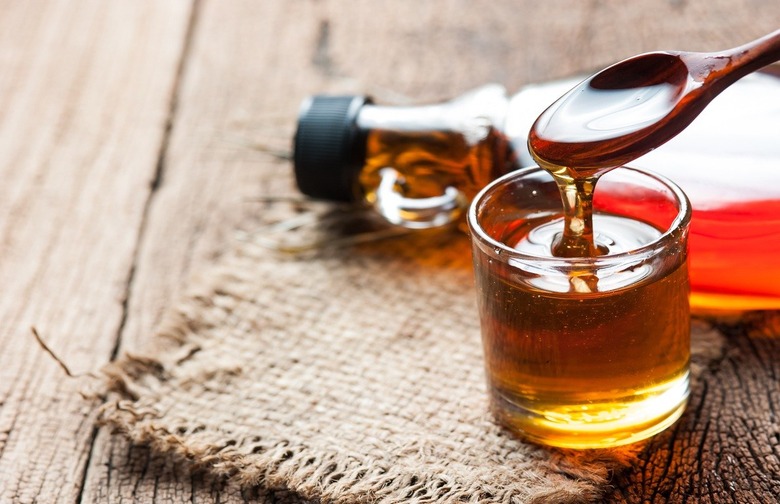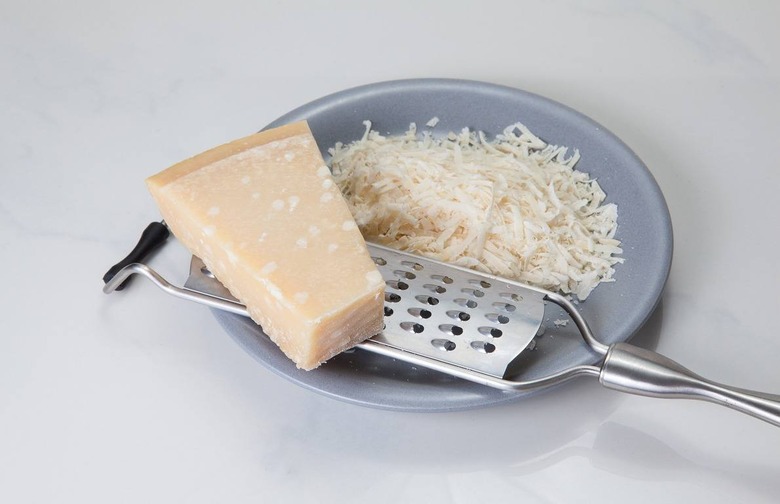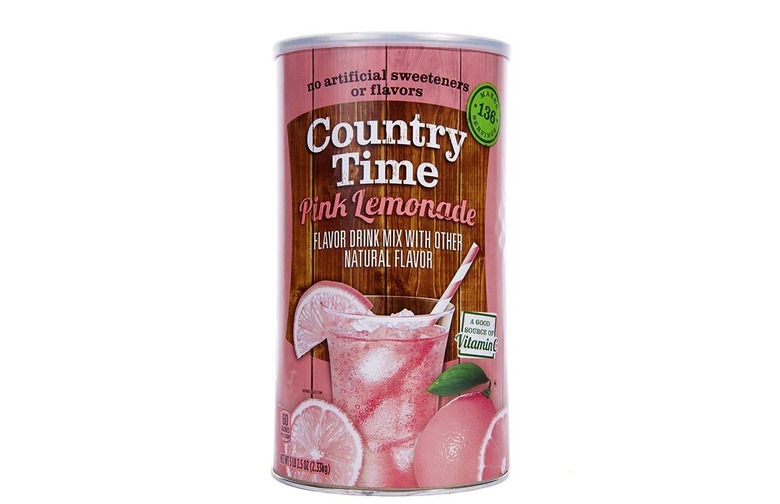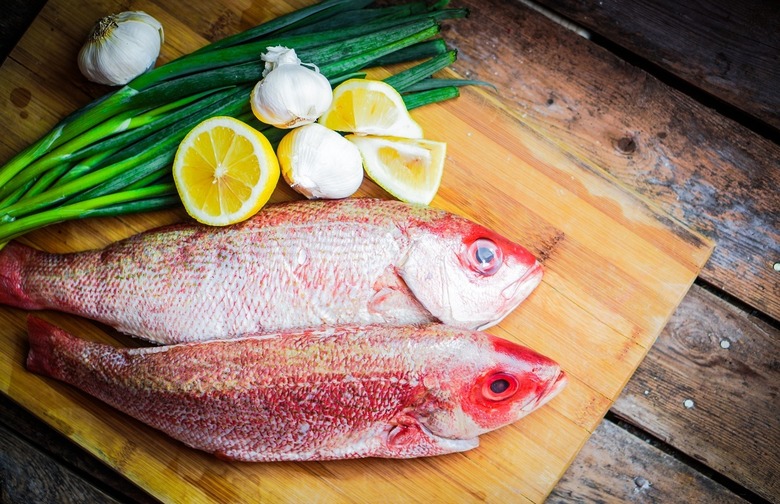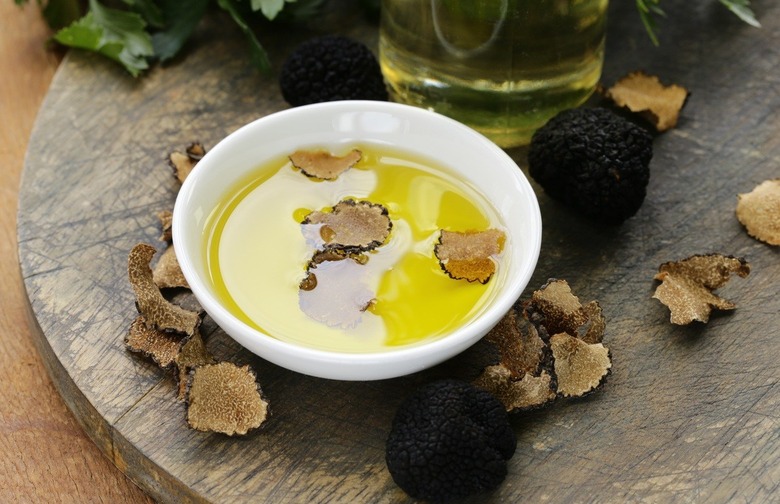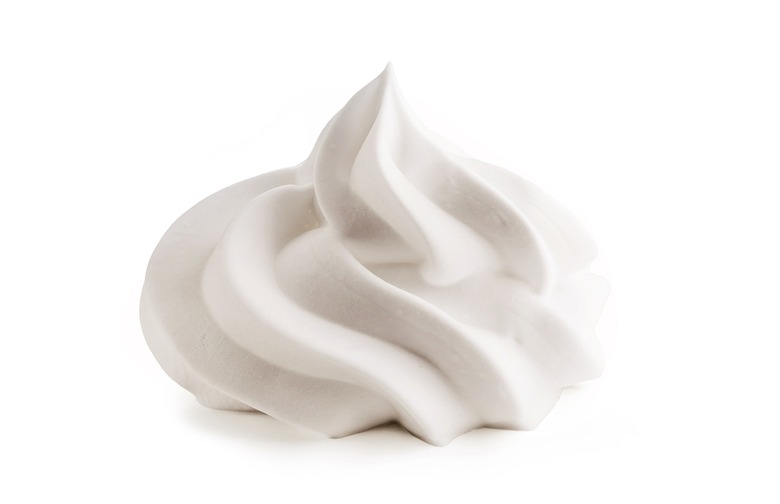Coffee Creamer, Truffle Oil, And 9 Other Foods That Aren't What They Seem Slideshow
Coffee creamer looks like half and half, but it doesn't actually contain any milk or cream. Its main ingredients are corn syrup solids, vegetable oil (high oleic soybean and/or partially hydrogenated soybean and/or partially hydrogenated cottonseed), and less than 2 percent sodium caseinate (a milk derivative).
Cookie Cream
The signature creamy center of many chocolate-cookie sandwiches doesn't contain any dairy at all. The cream is not milk-based; it's a combination of canola oil and corn syrup, and is most likely vegan-friendly.
Crab Sticks
Those hefty pieces of seafood stuffed poking out of your California roll are not what you think they are. Kamaboko, also known as surimi, krab, or imitation crab meat, is meant to resemble the leg meat of snow crab, but it's actually made from Alaskan pollok, egg, artificial crab flavor, and wheat, making it a potential problem for gluten-sensitive people.
Honey
A lot of the honey sold in the U.S. is imported from China and commonly laced with corn syrup and other fillers; it might also contain traces of dangerous chemicals. In 2001, an epidemic destroyed many Chinese hives and forced bee keepers to adopt a potentially carcinogenic antibiotic, which has since been banned in the U.S.; but just to be safe, try to buy "unfiltered raw" honey.
Natural Beef Flavor
Did you know that the "natural beef flavor" used to season your favorite soups is most likely vegetarian friendly? Scientists have identified the amino acids that give beef its signature flavor, and they have been able to replicate the taste without using any meat at all. Natural beef flavor is usually derived from a combination of yeast, starch hydrolysate, and citric acid, so it may actually be vegetarian friendly.
Pancake Syrup
That sweet, brown, gooey liquid that you pour on your pancakes is not maple syrup. Many commercial brands of syrup don't contain any maple at all and are most likely a combination of corn syrup, high-fructose corn syrup, and artificial flavorings.
Parmesan Cheese
A 2012 investigation by the U.S. Food and Drug Administration found that a major cheese producer was lacing its supposed "100 percent real Parmesan" with wood pulp and other cheeses. The report said that no Parmesan cheese was used to manufacture the product, and that it was actually a combination of Swiss, mozzarella, white Cheddar, and cellulose.
Powdered Lemonade
Guess which ingredient is mysteriously absent in many popular powdered lemonade mixes — lemons. Instead, powdered lemonade mixes use sugar, fructose, citric acid, natural flavor, and artificial colors to give their mixes that lemonade look and taste.
Red Snapper
When you order red snapper in a restaurant or buy it at the market, you're almost guaranteed to end up with something else. The rate of misrepresentation is incredibly high with this species; it's so vulnerable to mislabeling because it's a white-fleshed fish, making it hard to differentiate from other similar fish once it's fileted. Common substitutes for it include ocean perch, rockfish, madai, tilapia, and white bass.
Truffle Oil
Whole fresh white truffles cost upward of $175 an ounce, but a bottle of white truffle oil might cost around $4.99 at T.J. Maxx. The reason for this price discrepancy is that white truffle oil doesn't actually contain any truffles. Instead, many truffle oils are most likely a combination of olive oil and the compound 2,4-dithiapentane, one of white truffle's most distinctive-smelling molecules.
Whipped Topping
Whipped topping is often found in the refrigerated section of grocery stores despite the fact that it doesn't contain any milk. Its main ingredients are corn syrup, hydrogenated vegetable oil, high-fructose corn syrup, and natural and artificial flavors. However, it does contain some dairy in the form of sodium caseinate, a milk protein.
